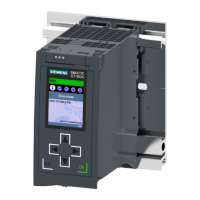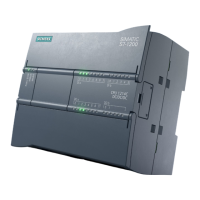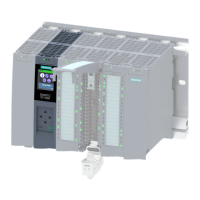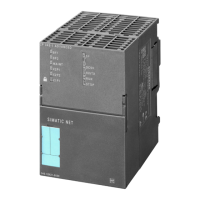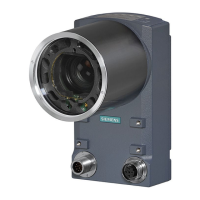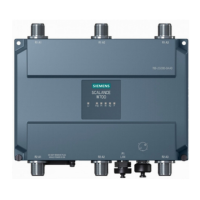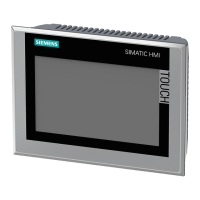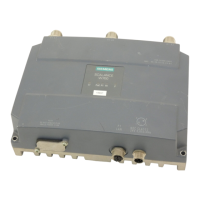Assigning Parameters to and Calling the S7-Graph FB
S7-GRAPH for S7 300/400 Programming Sequential Control Systems
9-14 C79000-G7076-C526-01
9.7.4 Automatic or Switch to next Mode (SW_TOP)
For initial project start up or for testing a control system step-by-step, the
"automatic or step-by-step" mode can be extremely useful:
• The sequencer progresses when the transition is satisfied or when there is an
edge change from 0 to 1 at the parameter T_PUSH.
Input Parameters of the Automatic or Switch to next Mode
Parameters not listed are not mode-dependent.
Parameter Data Description
OFF_SQ BOOL All steps are immediately deactivated, in other
words "Sequencer Off"
INIT_SQ BOOL Initialize sequencer, jump to initial step
ACK_EF BOOL Acknowledgment of a disturbance
S_PREV BOOL As for automatic
S_NEXT BOOL As for automatic
SW_AUTO BOOL Request the automatic mode
SW_MAN BOOL Request manual mode
SW_TAP BOOL Request inching mode
T_PUSH BOOL The transition switches when there is a rising
edge at T_PUSH regardless of whether the
transition is satisfied.
Output Parameters of the Automatic or Switch to next Mode
Parameter Data Description
S_NO INT Step number, indicates the selected step
S_MORE BOOL Further active steps exist and can be indicated
in S_NO
S_ACTIVE BOOL The indicated step is active
ERR_FLT BOOL Error/disturbance occurred
AUTO_ON BOOL The automatic mode is not active
TAP_ON BOOL Inching mode is not active
MAN_ON BOOL Manual mode is not active
TOP_ON BOOL Automatic or switch to next mode is activated
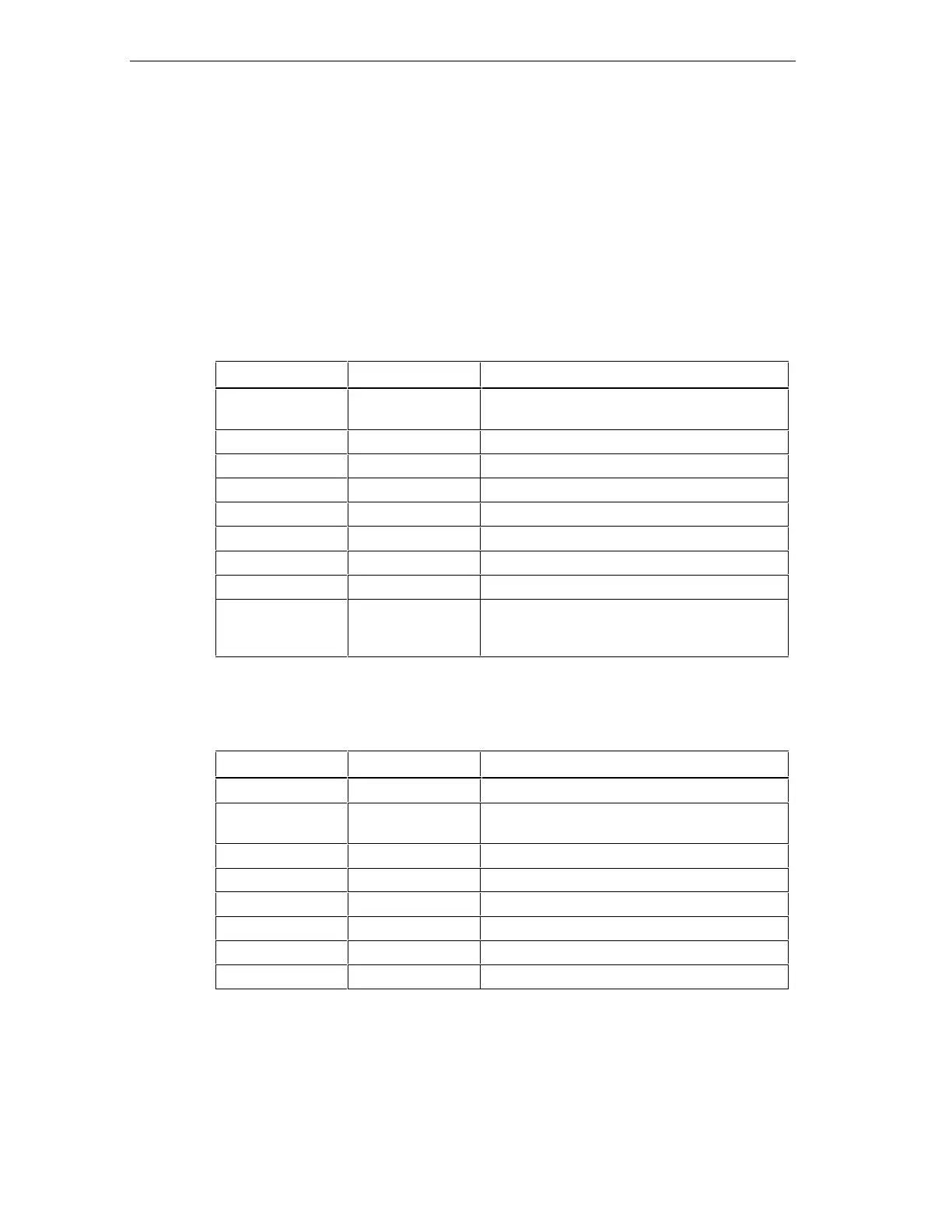